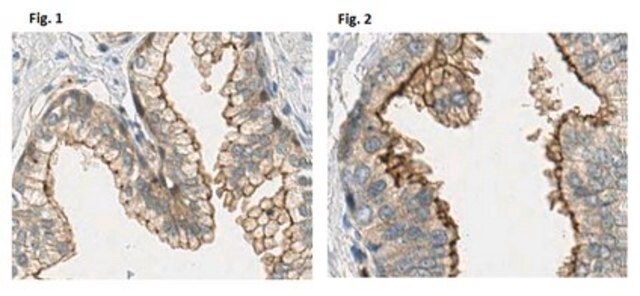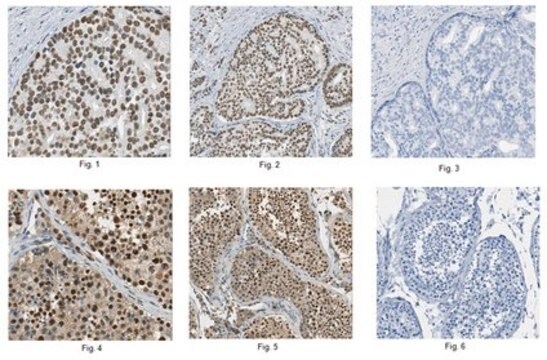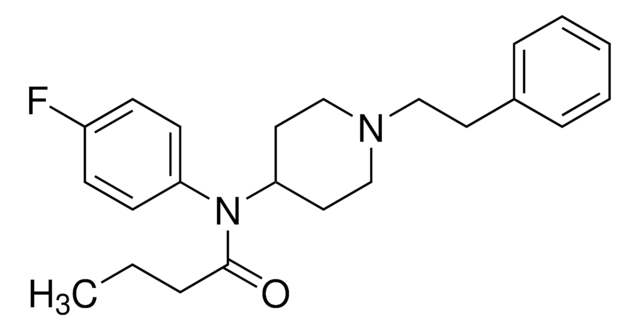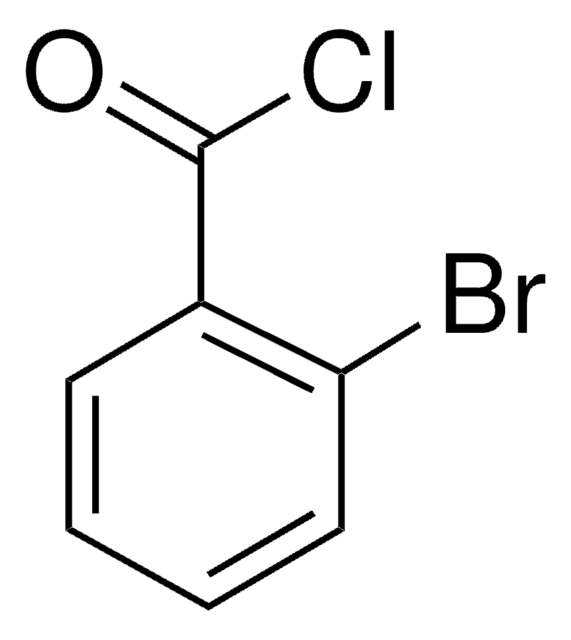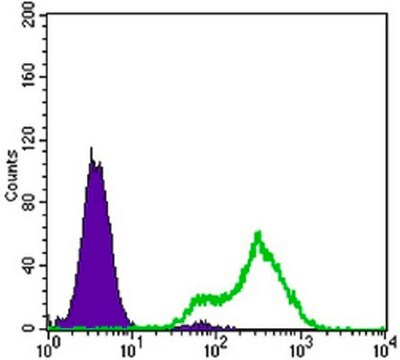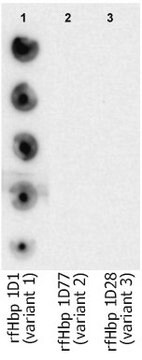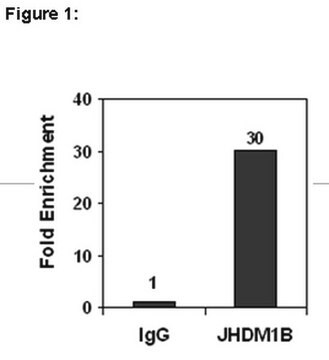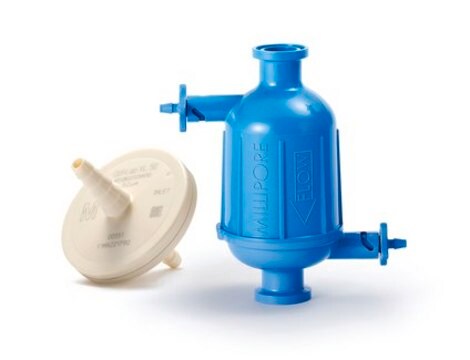MABF2070
Anti-Protein-tyrosine phosphatase eta (CD148) Antibody, clone 8A-1
clone 8A-1, from hamster(Syrian)
Sinónimos:
Receptor-type tyrosine-protein phosphatase eta, EC: 3.1.3.48, Protein-tyrosine phosphatase eta, R-PTP-eta, HPTP beta-like tyrosine phosphatase, Protein-tyrosine phosphatase receptor type J, R-PTP-J, Susceptibility to colon cancer 1, CD148
About This Item
Productos recomendados
origen biológico
hamster (Syrian)
Nivel de calidad
forma del anticuerpo
purified antibody
tipo de anticuerpo
primary antibodies
clon
8A-1, monoclonal
reactividad de especies
mouse
envase
antibody small pack of 25 μg
técnicas
flow cytometry: suitable
immunohistochemistry: suitable (paraffin)
western blot: suitable
Nº de acceso NCBI
Nº de acceso UniProt
Condiciones de envío
ambient
modificación del objetivo postraduccional
unmodified
Información sobre el gen
mouse ... Ptprj(19271)
Descripción general
Especificidad
Inmunógeno
Aplicación
Inflammation & Immunology
Immunohistochemistry Analysis: A representative lot detected Protein-tyrosine phosphatase eta (CD148) in Immunohistochemistry applications (Katsumoto, T.R., et. al. (2013). J Clin Invest. 123(5):2037-48).
Flow Cytometry Analysis: A representative lot detected Protein-tyrosine phosphatase eta (CD148) in Flow Cytometry applications (Stepanek, O., et. al. (2011). J Biol Chem. 286(25):22101-12; Lin, J., et. al. (2004). J Immunol. 173(4):2324-30).
Calidad
Immunohistochemistry Analysis: A 1:250 dilution of this antibody immunostained Protein-tyrosine phosphatase eta (CD148) in mouse spleen tissue sections.
Descripción de destino
Forma física
Almacenamiento y estabilidad
Otras notas
Cláusula de descargo de responsabilidad
¿No encuentra el producto adecuado?
Pruebe nuestro Herramienta de selección de productos.
Código de clase de almacenamiento
12 - Non Combustible Liquids
Clase de riesgo para el agua (WGK)
WGK 1
Punto de inflamabilidad (°F)
does not flash
Punto de inflamabilidad (°C)
does not flash
Certificados de análisis (COA)
Busque Certificados de análisis (COA) introduciendo el número de lote del producto. Los números de lote se encuentran en la etiqueta del producto después de las palabras «Lot» o «Batch»
¿Ya tiene este producto?
Encuentre la documentación para los productos que ha comprado recientemente en la Biblioteca de documentos.
Nuestro equipo de científicos tiene experiencia en todas las áreas de investigación: Ciencias de la vida, Ciencia de los materiales, Síntesis química, Cromatografía, Analítica y muchas otras.
Póngase en contacto con el Servicio técnico

